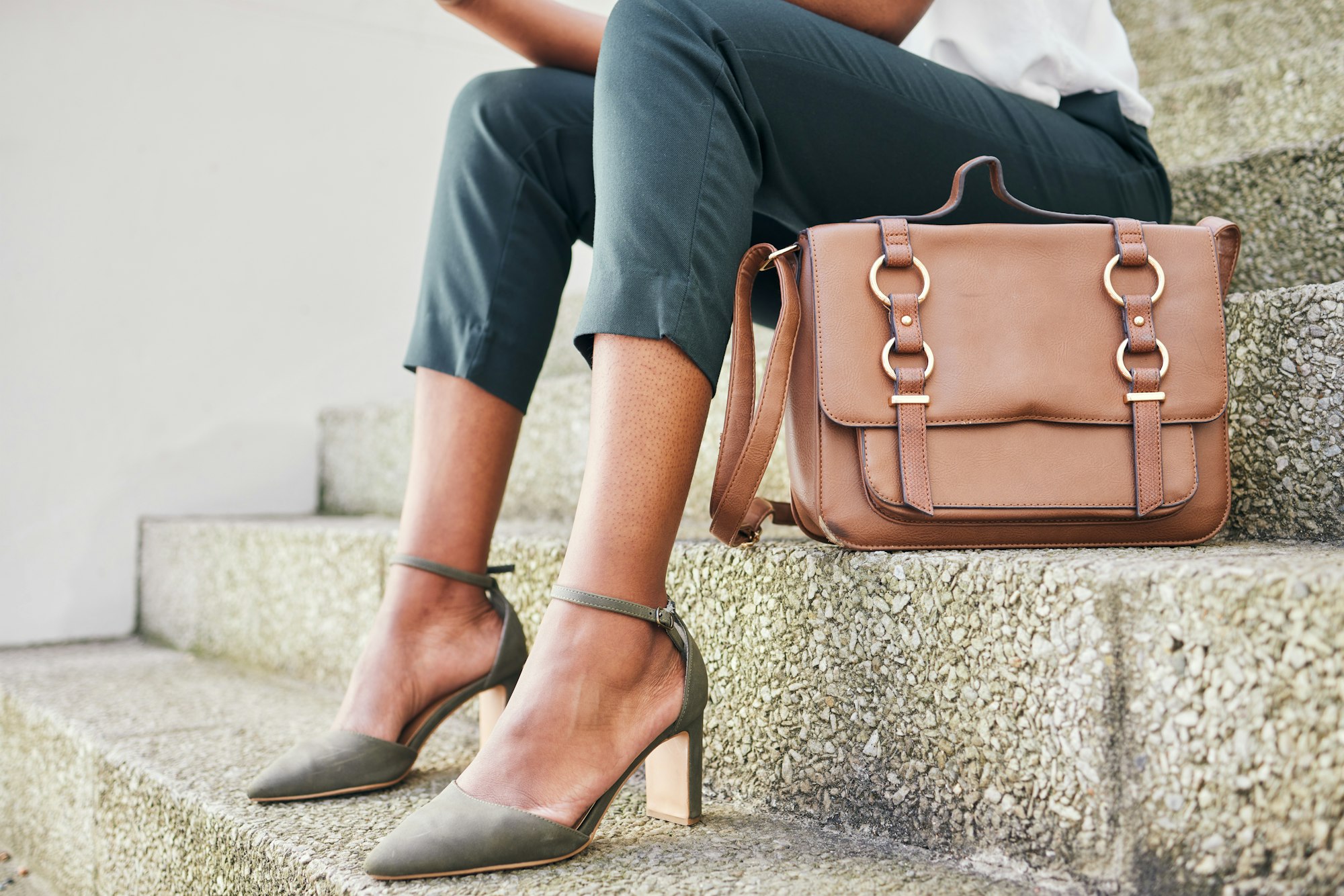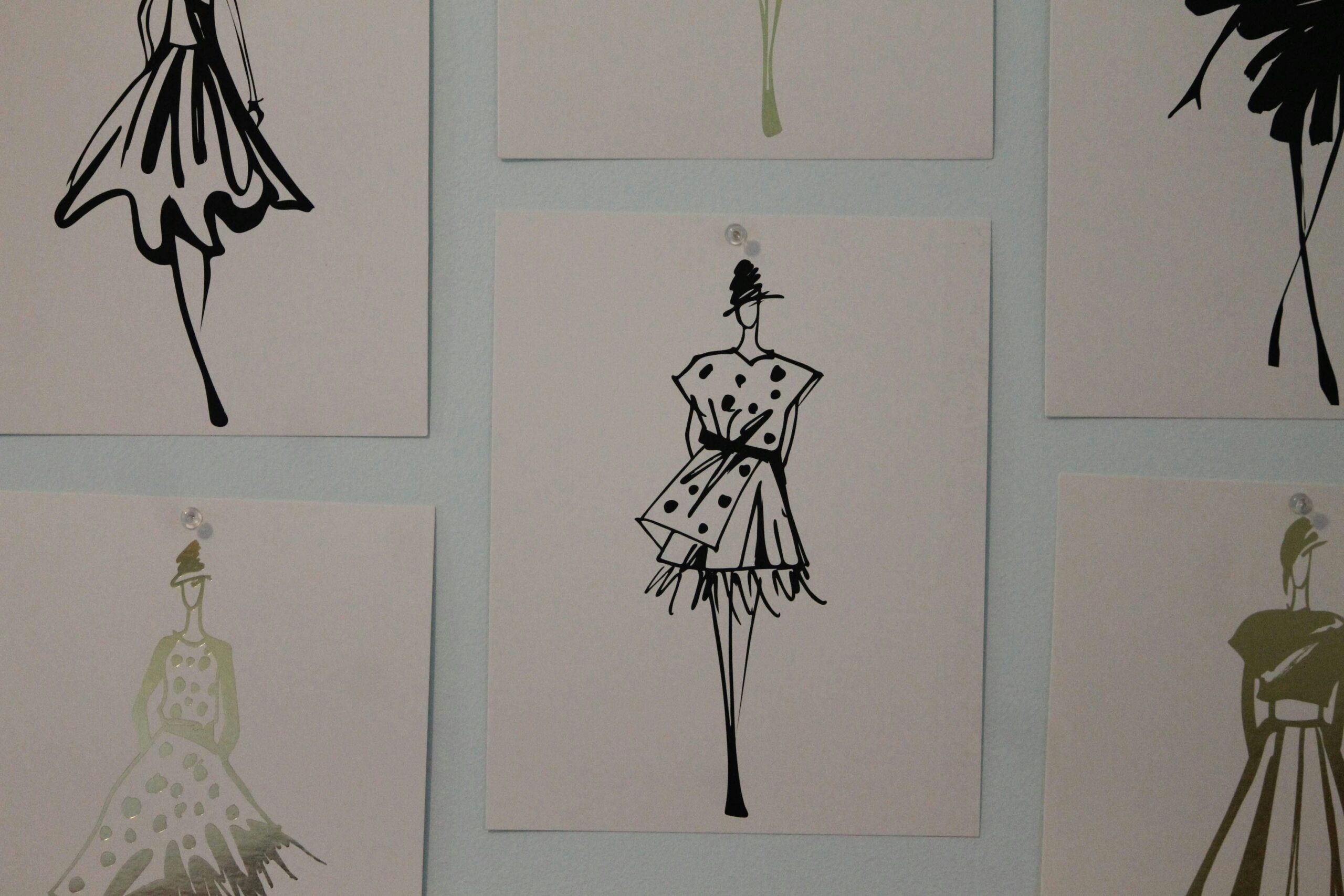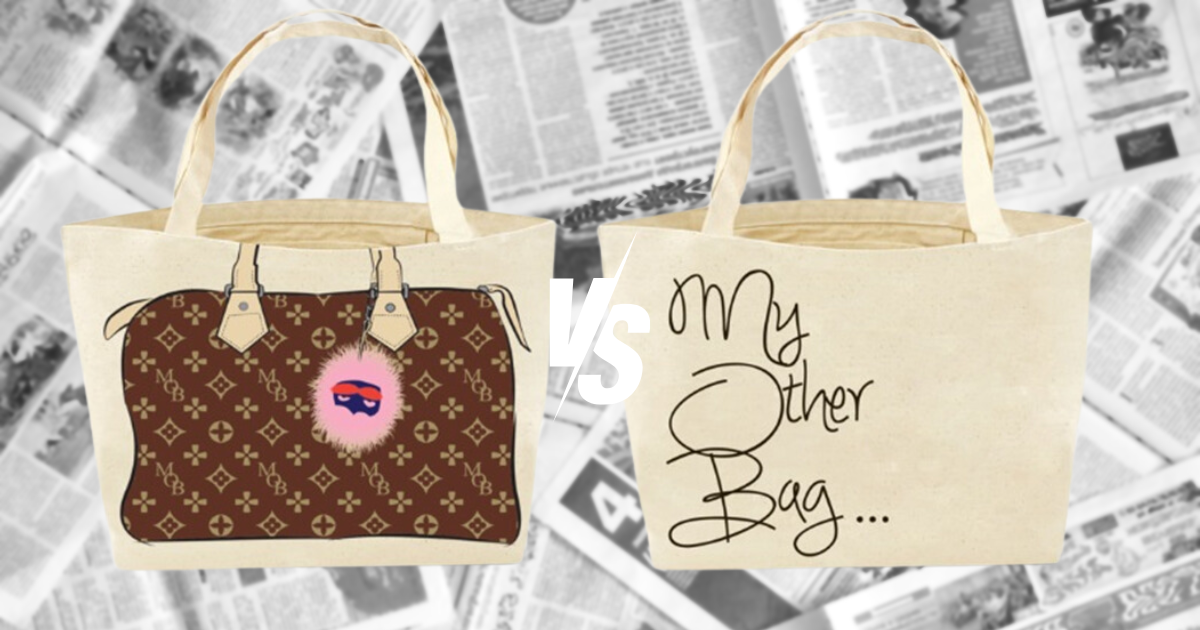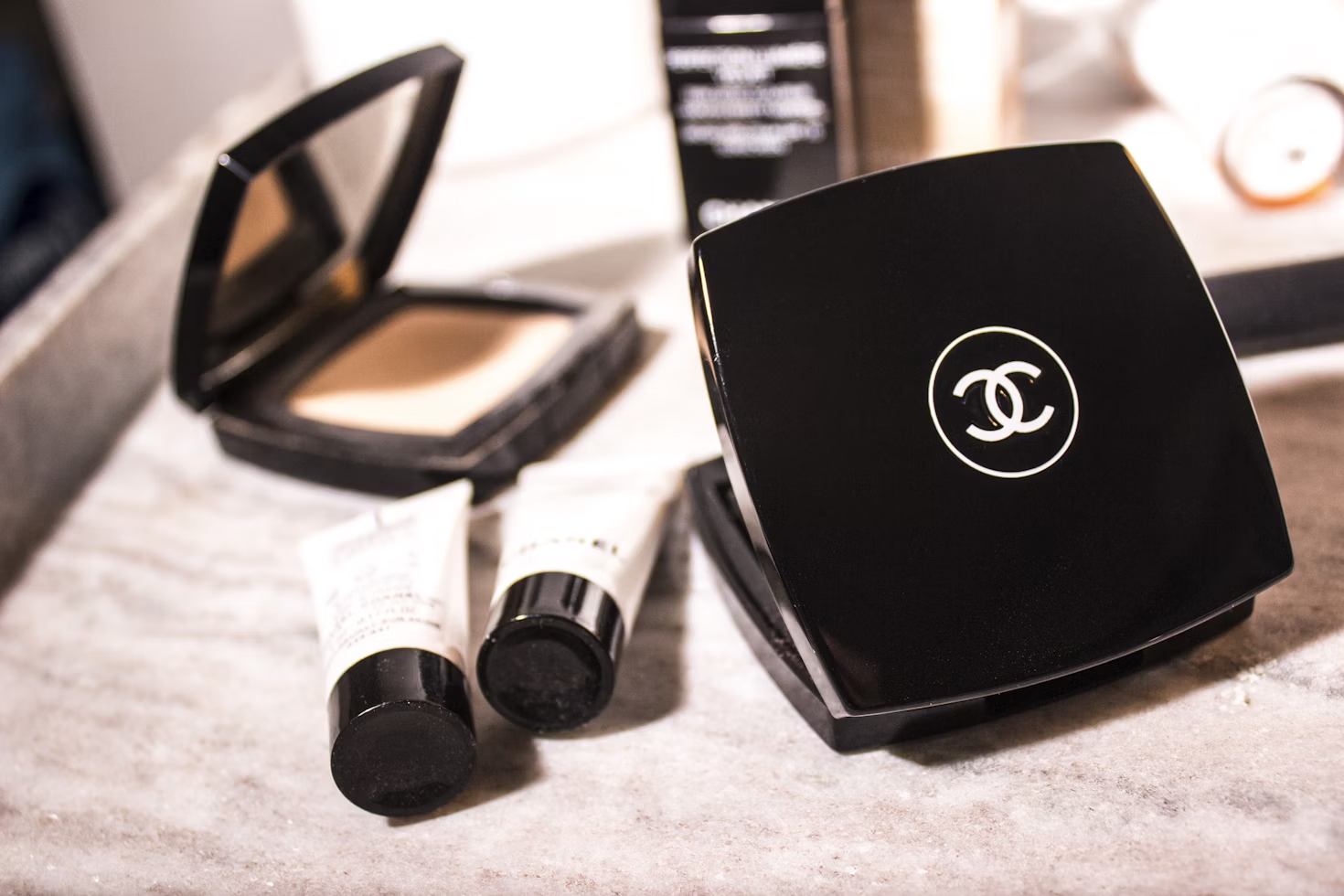The Global Challenge of Trademark and Patent Trolling
In today’s interconnected global marketplace, the phenomenon of trademark and patent trolling has emerged as a significant challenge for businesses worldwide. Trademark trolls exploit legal ambiguities to capitalize on established brands, while patent trolls assert patent rights without engaging in actual production or innovation. These entities strategically leverage intellectual property laws to extract settlements, licensing fees, or gain unfair competitive advantages, thereby threatening the integrity of intellectual property rights and the competitiveness of legitimate businesses.
Understanding Trademark Trolling
Trademark trolling refers to the practice where entities register trademarks with no intention of using them in commerce. Instead, these trolls seek to exploit these marks to target legitimate trademark owners through infringement claims or coercive licensing demands. This practice is particularly prevalent in jurisdictions with a “first-to-file” trademark registration system, such as China, where the first entity to register a trademark gains exclusive rights, regardless of prior legitimate use by others.
An illustrative example of trademark trolling involves King Digital Entertainment PLC, the creator of the popular mobile game Candy Crush Saga. King Digital attempted to trademark the word “candy,” aiming to prevent other app developers from using it in their titles. This move sparked public outcry over the potential overreach of trademark rights, prompting King Digital to withdraw its trademark applications for “candy” and “saga” in the United States. However, the company still holds the “candy” trademark in Europe, highlighting the complexities and variations in trademark laws across jurisdictions.
Patent Trolling and Its Implications
Similarly, patent trolling involves non-practicing entities (NPEs) acquiring patents not for the purpose of innovation or production but to enforce them against alleged infringers. These entities often target successful companies with broad patent claims, seeking lucrative settlements or licensing agreements under the threat of litigation. An infamous example is the case of Apple Inc. versus VirnetX, where Apple was ordered to pay over $302 million in 2016 for infringing VirnetX’s patented technology related to internet security.
Patent trolling also extends to questionable patent grants for seemingly basic or obvious innovations. For instance, Amazon.com secured a patent for photographing objects against a white background using specific lighting techniques. Despite criticism that such methods are standard practices in photography, Amazon’s patent underscores the broader issues of patent quality and the potential for abuse in intellectual property enforcement.
Trademark Dispute: H&M vs. HM Megabrands
In the case of H&M Hennes & Mauritz Ab & Anr vs HM Megabrands Pvt. Ltd. & Ors, the plaintiffs, H&M Hennes & Mauritz Ab, sought injunction against the defendants, HM Megabrands Pvt. Ltd., for passing off/infringement of their trademark. The plaintiffs alleged that the defendants were using a mark similar to theirs, causing confusion among consumers. The defendants argued that the plaintiffs had no sales in India and therefore could not claim exclusive rights to the mark in question. However, the plaintiffs contended that they were having their goods manufactured in India and exported for sale outside the country. The court noted the changing dynamics of reputation and goodwill in the era of web-based sales, where physical presence in India was not a prerequisite for a mark/brand to have recognition. The court also considered the defendants’ use of their initials as a mark and the issue of estoppel against suing for infringement based on the plaintiffs’ earlier stand during registration. The court addressed various objections raised by the defendants, including challenges to territorial jurisdiction and the validity of the plaintiffs’ registration. It was emphasized that the effect of infringement or passing off could be felt in Delhi, giving the court cause of action to entertain the suit. Ultimately, the court found that the suit could be disposed of based on the material on record, indicating that a trial may not be necessary due to the circumstances of the case.
Legal Frameworks and Strategic Responses
To effectively combat trademark and patent trolling, businesses must adopt proactive strategies tailored to navigate the complexities of global intellectual property laws:
- Early Trademark Registration: Timely registration of trademarks in target markets is crucial, particularly in jurisdictions with robust first-to-use protections like the United States and India. This approach establishes prior rights and serves as a deterrent against trademark trolls.
- Comprehensive Trademark Monitoring: Vigilant monitoring of trademark usage globally is essential to identify potential infringements early. This includes regular trademark searches and monitoring activities in jurisdictions known for trademark trolling activities.
- Adaptation to Local Regulations: Staying abreast of local legislative developments is critical. For example, Canada’s transition from a first-to-use to a first-to-file system in 2019 underscores the importance of adapting strategies to evolving legal frameworks to protect intellectual property rights effectively.
- Strategic Fee Adjustments: Adjusting fee structures for trademark registrations and maintenance can discourage frivolous filings by trolls seeking to exploit administrative processes for financial gain.
- Advocacy for Legislative Reforms: Engaging in advocacy efforts to strengthen intellectual property protections can help create a more secure business environment. This includes supporting reforms that enhance transparency, quality standards for patent grants, and remedies against abusive litigation tactics employed by trolls.
In today’s digital economy, securing a recognizable name, logo, and web address is crucial for businesses seeking rapid visibility. Domain names, allocated on a ‘first come, first served’ basis, often represent intellectual property like trademarks. This has led to issues such as domain name piracy and cybersquatting, where individuals register well-known domain names to exploit their reputation for financial gain. Courts, recognizing the importance of protecting these digital assets, have addressed such practices in cases like Marks and Spencer v. One in a Million, affirming the domain name’s status as valuable intellectual property deserving legal protection.
Case Studies and Legal Precedents
Recent legal precedents highlight the pivotal role of courts in safeguarding against trademark and patent abuse while upholding the rights of legitimate rights holders:
- Apple Inc. vs. VirnetX: The legal battles between Apple and VirnetX underscore the high stakes involved in patent trolling, where substantial financial penalties are imposed on successful companies for alleged patent infringements. Such cases highlight the challenges posed by opportunistic patent assertions and the need for robust defense strategies.
- The principle of first-to-use in India has been reinforced through several legal precedents. A notable case illustrating this is M/S Superflo Pvt Ltd. v. M/S Sandhyamani Associates, where the court recognized the plaintiff’s prior use rights. The court emphasized that delay and inaction do not diminish the validity of prior user rights. This judicial stance has been consistently upheld in cases like Century Traders v. Rohan Lal Duggar Co. and Milmet Oftho Industries v. Allergan Inc., where courts have consistently favored prior users in trademark disputes.
Conclusion
Trademark and patent trolling pose formidable challenges to businesses seeking to protect their intellectual property rights and maintain competitive advantages in the global marketplace. By understanding the tactics employed by trolls, implementing proactive protective measures, and advocating for legislative reforms, businesses can mitigate the risks associated with trademark and patent trolling. This proactive approach not only safeguards intellectual property but also fosters an environment conducive to innovation and fair competition.
In conclusion, the complexities of trademark and patent trolling require businesses to adopt multifaceted strategies that encompass legal compliance, proactive defense, and advocacy for stronger intellectual property protections. By navigating these challenges adeptly, businesses can uphold their competitive edge while safeguarding their innovations and brand integrity in an increasingly interconnected global economy.
Author: Bhupali Dubey- National law University, Nagpur.


















